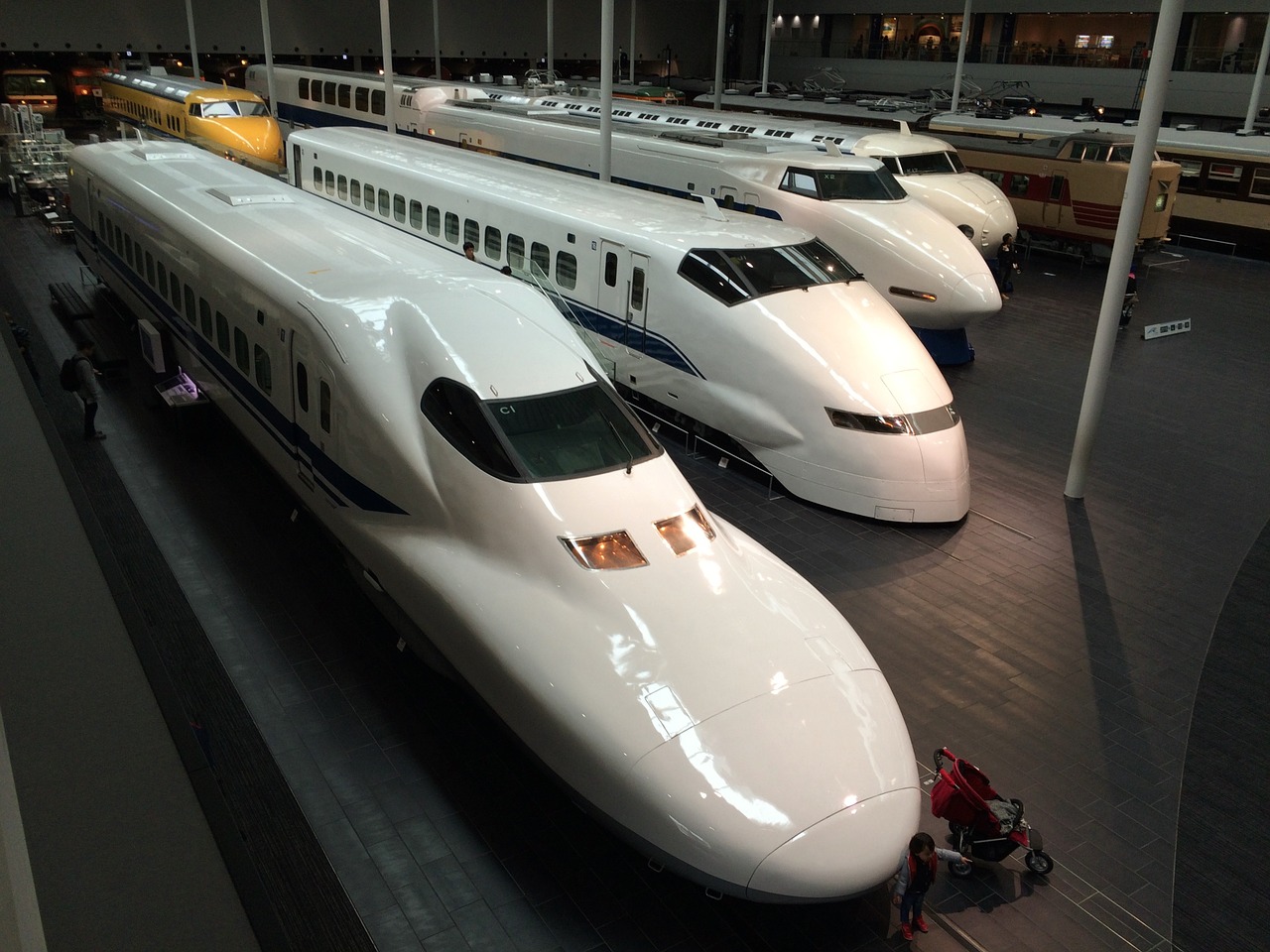Last December, IndustryTap wrote “Nuclear Waste Can Power the World for 72 Years,” in which young MIT engineers started a company using modernized nuclear reactor designs developed in the 1950’s. The company, Transatomic Power, with a green, scalable, smart and innovative technology, was a clear signal that the nuclear energy industry is alive, well and has a bright future.
In August, 2013, Technology Review published an article on a General Atomics (GA) nuclear reactor technology under development that would be competitive with natural gas. New US natural gas prices are at an all-time low due to new technologies being used to extract it. The catch is, General Atomics needs several hundred million dollars, which it is seeking from the US Department of Energy (DOE), to commercialize the technology.
Alternative Energy Resources a Headwind for Nuclear Energy Industry
According to Robert Bryce, Senior Fellow at the Manhattan Institute, there is a decline underway in nuclear energy production in the United States. Alternatives to nuclear power, including natural gas and renewables, are taking up the slack. Although the US is building five new nuclear reactors, the number of de-commissioned plants means the industry isn’t moving forward. As a result, getting funding for new nuclear technology may be difficult. But the improvements according to GA are enticing:
- Safer reactors are designed to shut down and cool down without the need for continuously pumping coolant as is currently occurring at Fukushima.
- Using helium instead of water as a coolant allows the plant to operate at higher temperatures, ultimately producing more energy.
- New gas turbine technology will be incorporated into the reactor also boosting energy output.
- New reactors will be significantly smaller than current plants.
- New reactors will require less fissile material.
- Reactors will convert 53% of energy to heat rather than the current level of 32%.
Shortage of Key Element Used by Nuclear Reactors
One indication of this slowdown and relative malaise is the current shortage of a key material used in nuclear reactors. Lithium-7 is used to filter contaminants in nuclear reactor coolant water. It is an ingredient left over from hydrogen bomb production, which has not occurred in the United States since the 1960’s. With more countries around the world using nuclear power, especially China and Russia, the demand for Lithium-7 is set to increase, perhaps exacerbating the shortage.
The GAO report “Stewardship of Lithium-7 Is Needed to Ensure a Stable Supply” indicates the current shortage of Lithium-7 amounts to just 300 kg/year, which could be imported reasonably quickly. However, the report cites a lack of knowledge of the amount of Lithium-7 being produced in China and Russia and whether world wide supply is great enough to meet demand.
New pressurized water reactors being built in China and others under development will require thousands of kilograms of Lithium-7 rather than the 700 g needed annually for all 65 US pressurized water reactors.
The report concludes the need for the Isotope Program in the US to take over management of Lithium-7 supplies, including assessing current and future needs. Ultimately for the US, the best scenario, recommends the GAO, is to build a domestic reserve through imports and begin domestic production of Lithium-7 as a longer-term solution to eliminate imports. The GAO states this program will take five years and cost anywhere between $10-$15 million.
New Reactor Technology Now Being Tested In China
Nuclear reactor technology similar to that being proposed in the US by GA has already been tested in a small scale reactor and will soon be used in a full size reactor. GA may have to wait to see how the Chinese plant works before attracting funding from the US DOE.






